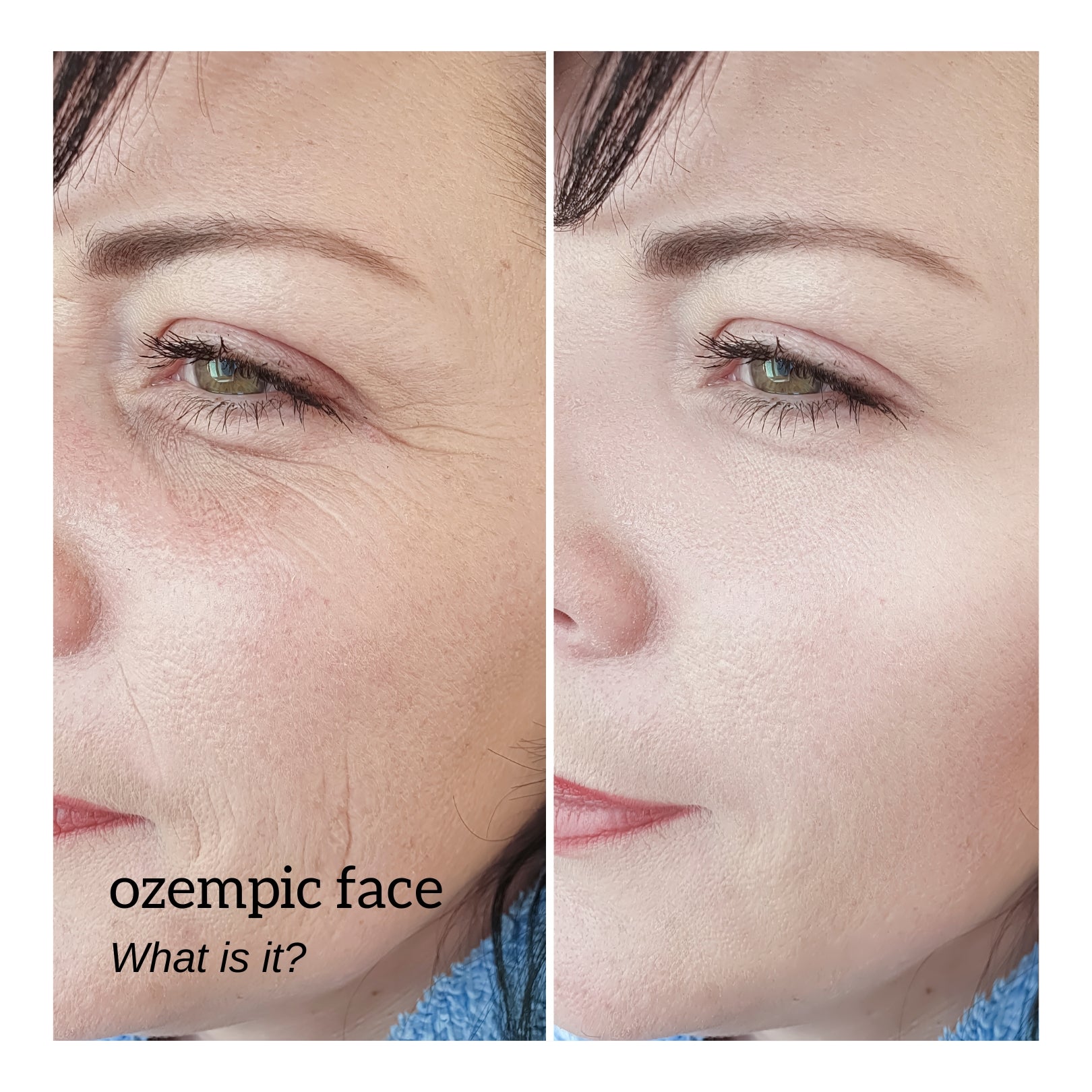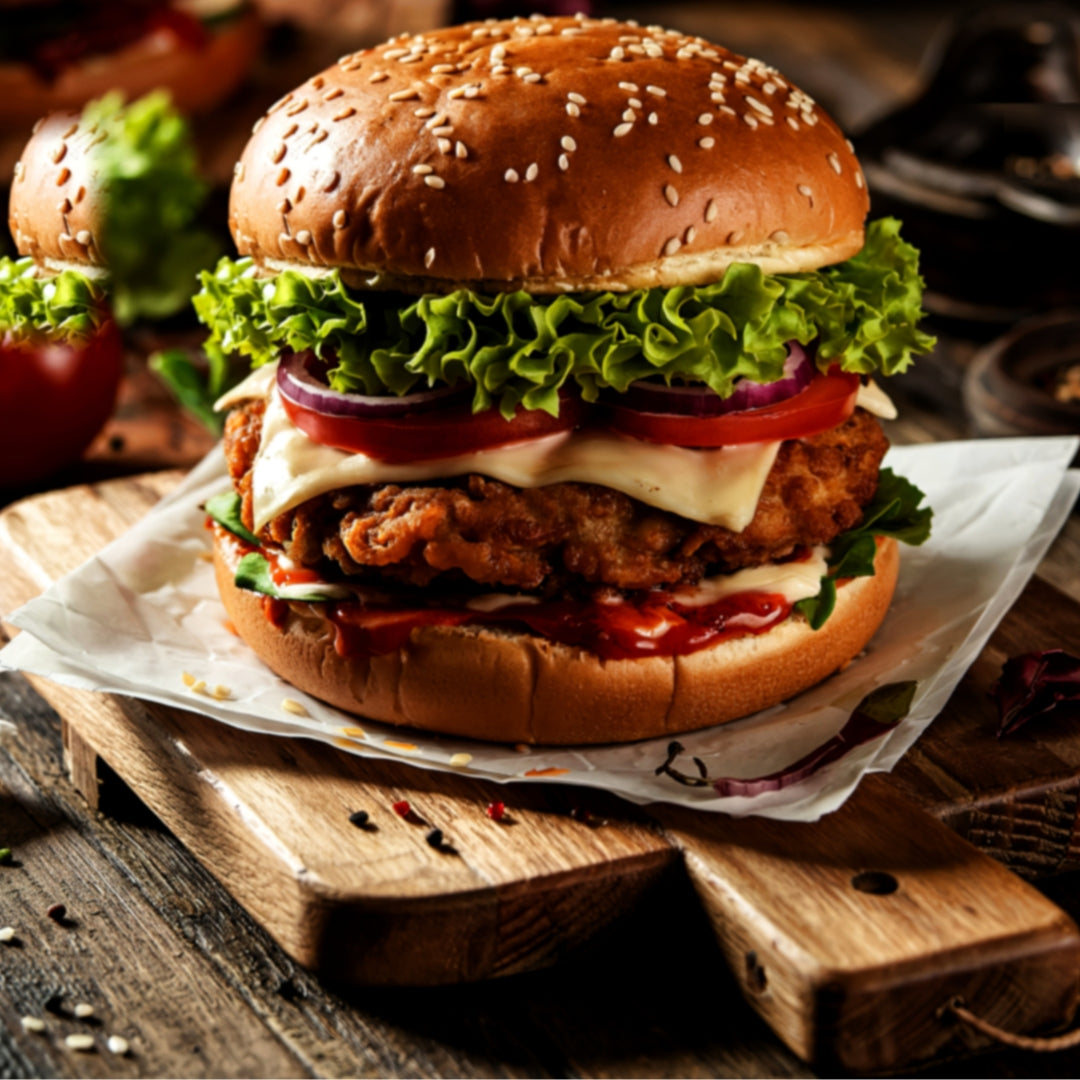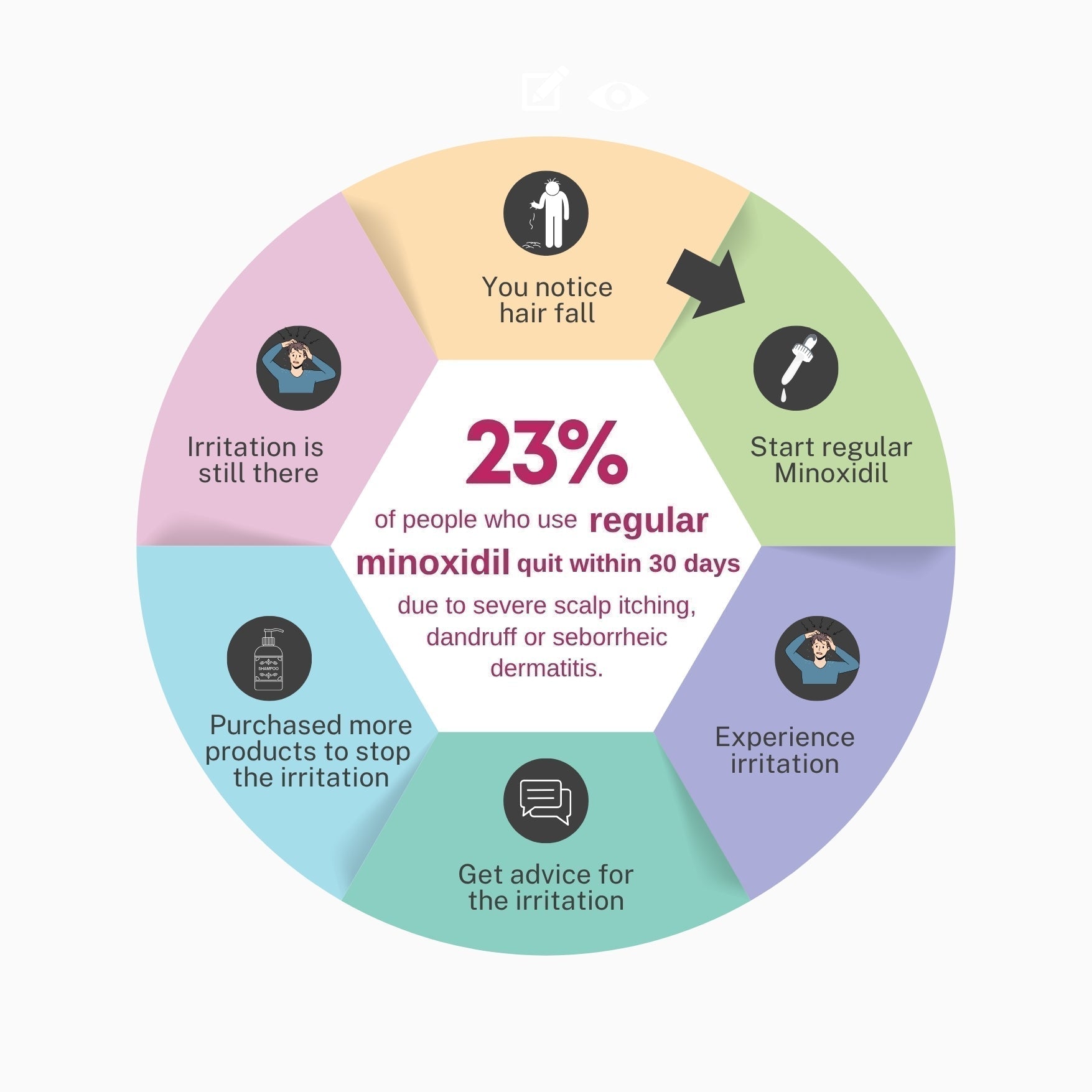Why do adults get acne?
Acne isn’t strictly isolated to teenagers. Adults can get it too, and women tend to have adult acne more than men, according to the American Academy of Dermatology.
Why do adults get acne?
Acne can occur in adulthood due to hormonal changes. This is why adult acne is more common in adult females than adult males. As women get older (more common in perimenopausal and post menopausal), oestrogen levels decline and at the same time, male hormones, like testosterone and dihydrotestosterone, increase. There is now less female hormones to suppress the effects of the male hormones, and therefore the effects of male hormones become more evident.
You may see an increase in oil production and the pores may look larger. This can lead to clogged pores and more acne.
Women can also be more prone to adult acne after childbirth due hormonal changes.
What foods can cause adult acne?
The acne diet is a thing. Foods high in sugar affect our insulin levels, causing the ovaries to produce more androgens such as testosterone and progesterone. Increase in androgens causes the sebaceous glands to produce more sebum and therefore the likelihood of acne.
Diary stimulates insulin growth factor (IGF-1) release from the liver. IGF-1 stimulates insulin. Insulin causes the ovaries to produce more androgens and the cycle continues.
In males, androgens are produced by the testes but the result is the same when there is too much androgen.
What is the best treatment for adult acne?
The treatment for adult acne is very similar to treatments in teenage acne.
Daily cleansing to remove makeup and oil is important to keep the pores unclogged. Your choice of cleanser may change with age from a foam cleanser to a more creamy cleanser which is more gentle. Avoid ingredients such as benzyl peroxide and witch hazel which can really dry the skin.
A topical retinoid such as adapalene, tretinoin or retinaldehyde to unclog pores and exfoliate the skin. Retinoids increase the rate at which our skin cells divide to give the skin a brighter appeal and reduce dark spots. Retinoids also have anti-ageing benefits when used consistently, softening the look of wrinkles and boosting collagen production. The key is consistent daily use, which is why it is important to get the strength that you can tolerate for daily use.
Oral and topical spironolactone is often prescribed to reduce the effects of male hormones. Topical spironolactone can also be combined with topical retinoids.
Reducing your intake of dairy and sugary foods may also improve acne. You can learn more about the acne diet and how diet can affect acne.
References
- Benzyl Peroxide (2019). NHS UK. Accessed: https://www.nhs.uk/medicines/benzoyl-peroxide/
- Assessing Salicylic Acid for Acne (2021). Journal of US Pharmacist.
- Australian Medicines Handbook 2021
- Layton, A (2009). The use of Isotretinoin in Acne. Journal of Dematoendocronology. May-Jun; 1(3): 162–169.
- Del Rosso, J (2012). Face to Face with Isotretinoin. Journal of Aesthetic Dermatology. Nov; 5(11): 17–24



